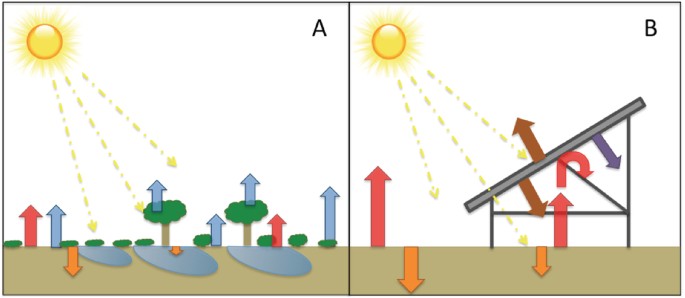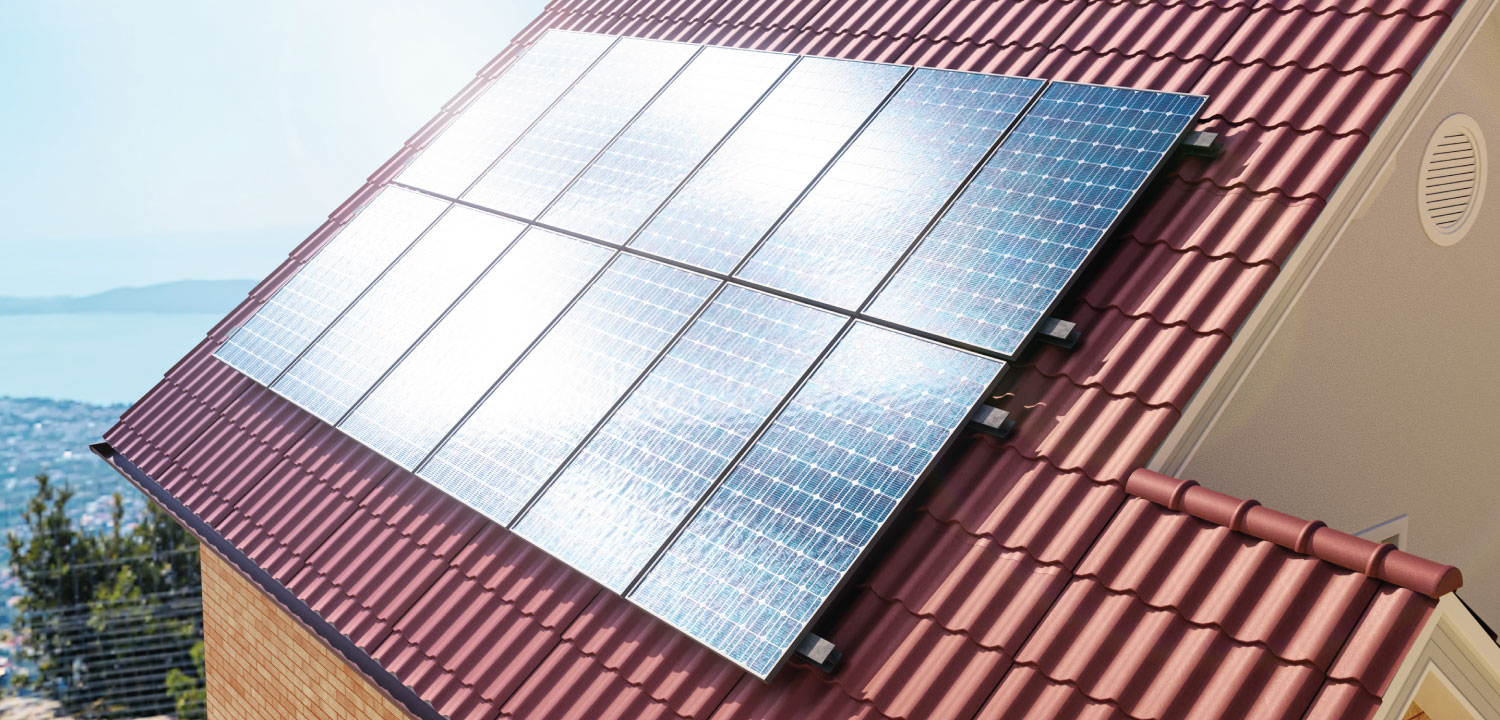elektra
Diamond Member
Nope, I just know you are an idiot and have no first hand knowledge.That's because you refuse to believe that solar radiation converted into electricity is solar radiation that doesn't warm the surface of the planet.

The Photovoltaic Heat Island Effect: Larger solar power plants increase local temperatures - Scientific Reports
While photovoltaic (PV) renewable energy production has surged, concerns remain about whether or not PV power plants induce a “heat island” (PVHI) effect, much like the increase in ambient temperatures relative to wildlands generates an Urban Heat Island effect in cities. Transitions to PV...



